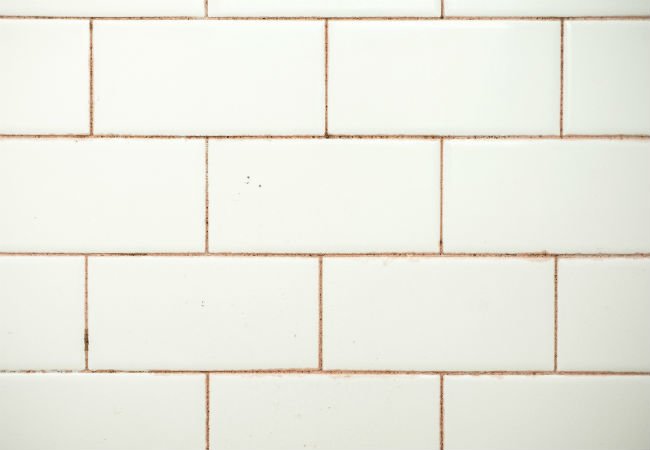Serratia marcescens, a bacterium long a part of the human arsenal in its normal daily processes. Since many strains of S. marcescens have red pigment, and the organism was assumed to be non-pathogenic, it was used as a tracer organism in medical experiments and as a biological warfare test agent.
You’ve probably seen it before, in your home, most likely in your bathroom. Maybe along the bottom of your shower curtain, or around the water line in a toilet bowl. You may have heard some people say, “Oh, that’s just rust. We have hard water.”

It’s not rust, it’s US. It’s an airborne bacteria that loves moist environments, especially bathrooms, because it feeds on the mineral deposits found in soap scum. It also likes fatty deposits found in soap and shampoo residue. Apparently, pink bacteria is not a picky eater.
Another place you may see pink bacteria in your home is in a pet’s water dish.
Just like any other type of fungus or bacteria, white water mold and pink slime are organic, naturally occurring substances.
If you find either one—or heaven forbid, both—in your pool, it’s due to two factors: your pool isn’t clean, and the water isn’t properly balanced.
Serratia marcescens has been reported to be associated with the lungs, meninges, endocardium, burns, and urinary tract, although its role is not clearly defined in every instance.
It has also been seen in the intestinal tract of the newborn. That means it is standard human equipment.
We carry a whole host of good stuff…8)
Michael J. Loomis | Editor at Chew Digest | Scribe at Terrain Wiki